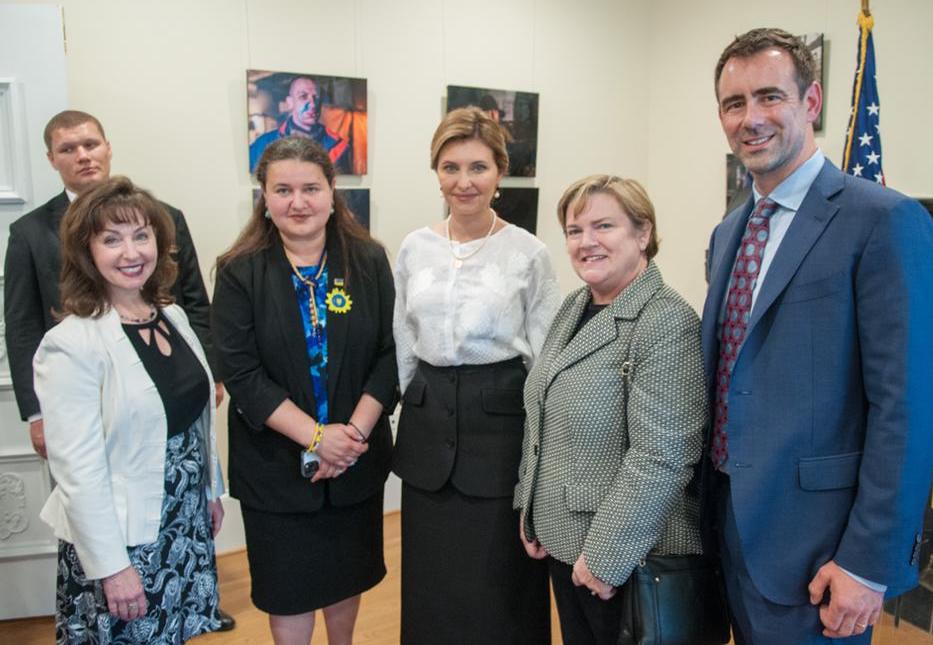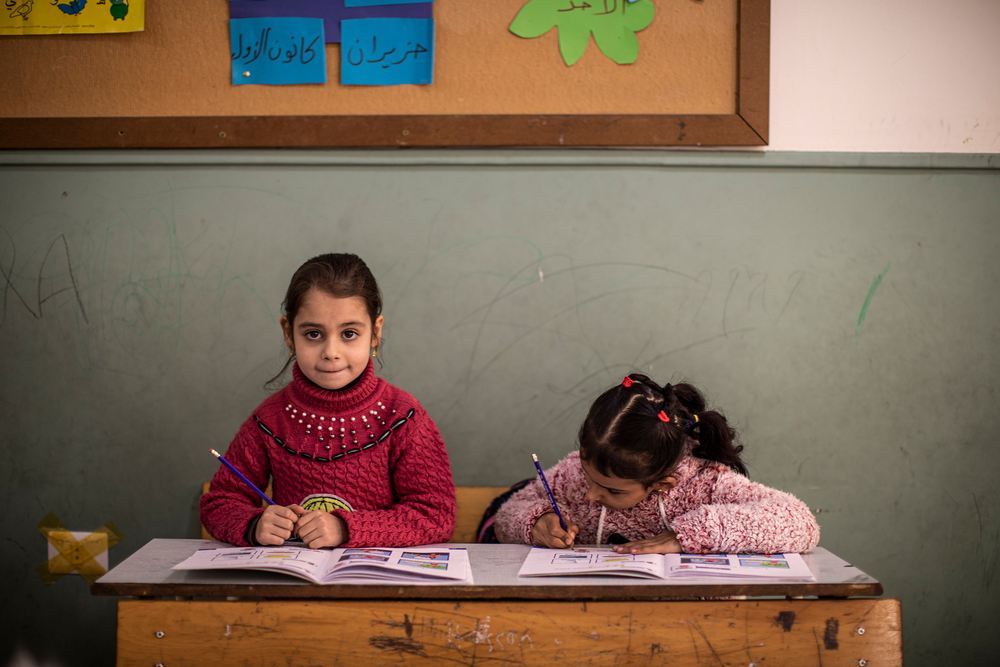
Named and shamed: those who kill, maim, violate children’s rights and attack schools
Child soldiers, Children in conflicts, Education in emergencies, Refugees and internally displaced people, Safe schools
A UN report into children and armed conflict revealed shocking levels of violence, abuse and military recruitment.
Killed, maimed, recruited, targeted, abused, attacked at school or prevented from getting an education.
That’s the horrific reality for millions of children caught up in conflicts around the world.
A shocking list of violence and violations was contained in the United Nations Secretary-General’s annual report on children and armed conflict. Attached to the report was a blacklist that named and shamed those who had contravened the rights of children.
The global headlines were all about the naming of the Saudi-led coalition for attacking schools and hospitals in Yemen – killing and injuring 683 children.
But many other groups involved in the Yemen conflict were mentioned – including the Houthi rebel group, Yemeni government forces, pro-government militia and Al Qaeda. A total of 64 parties were named for violations across the world.
“Naming perpetrators responsible for attacks on children is a critical first step in correcting these wrongs,” said Eva Smets, Executive Director of the Watchlist on Children and Armed Conflict.
“The UN must now work with the Saudi Arabia-led coalition and other parties to ensure these horrific violations of vulnerable children are never repeated.”
About one in four children who live in conflict zones are out of school.
Schools are vital places of safety and learning that can give children stability during emergencies. They help children deal with trauma and can prevent them from falling into child labour, child marriage, exploitation and recruitment by armed groups.
So far, 69 countries have signed the Safe Schools Declaration – a commitment to protect students, teachers and their schools during armed conflict. The UN Security Council is having informal talks today about attacks on schools.
“The Security Council has focused attention on attacks on schools as a grave violation against children,” said Zama Neff, children’s rights director at Human Rights Watch. “Members should show leadership on this issue by endorsing the Safe Schools Declaration and using it to protect schools during war.”
“In some countries young children have only experienced war and violence. It is our collective responsibility not to let these children down." Virginia Gamba, Special Representative of the Secretary-General for Children and Armed Conflict
Here’s a breakdown of some of the major findings of the UN’s children and armed conflict report, which covers 20 conflicts in 2016.
There were grave violations against children in armed conflict and increasing disrespect for international law and its impact on children.
The report expressed concern at the scale and severity of the violations against children, which included alarming levels of killing and maiming, recruitment and use of children, and denial of humanitarian access.
Report author Virginia Gamba, the Special Representative of the Secretary-General for Children and Armed Conflict, said: “The tragic fate of child victims of conflict cannot and must not leave us unmoved; a child killed, recruited as a soldier, injured in an attack or prevented from going school due to a conflict is already one too many.”
The horrifying statistics included:
- More than 15,500 child victims of conflicts – including over 8000 killed or injured.
- At least 4000 verified violations by government forces and more than 11,500 by non-state armed groups.
- Recruitment and use of children in Somalia and Syria more than doubled compared with 2015.
- Sexual violence against girls was prevalent in Nigeria, Democratic Republic of the Congo, the Sudan, Somalia, South Sudan and Syria.
- In Nigeria, the majority of children casualties resulted from the use of children as human bombs or deaths by suicide attacks.
The report also listed the number of child casualties and attacks on schools in the 20 country conflicts. These included:
Afghanistan
3512 child casualties – up 24% on 2015 and the highest number recorded. 77 attacks on schools, 34 military uses of schools.
Democratic Republic of Congo
Child casualties up 75% and the highest number recorded. 51 attacks on schools, 19 military uses of schools.
Somalia
46 attacks on schools.
Syria/Iraq
More than 2000 children killed or injured in cross-border activities by Islamic State. 76 attacks on Syrian schools, 10 on Iraqi schools (with 41 military uses).
West Bank
74 attacks on schools.
Yemen
1340 child casualties. 33 attacks on schools, with 28 air strikes by the Saudi-led coalition resulting in destruction, 12 military uses of schools.
There was some goods news, with the release of more than 5700 child soldiers in the Central African Republic and Philippines. But there were more than 7500 new documented cases of child recruitment – up 25% from 2015.
Virginia Gamba said: “In some countries, like Afghanistan, Central African Republic, Nigeria, Somalia or Syria, young children have only experienced war and violence. It is our collective responsibility not to let these children down.”
More news

